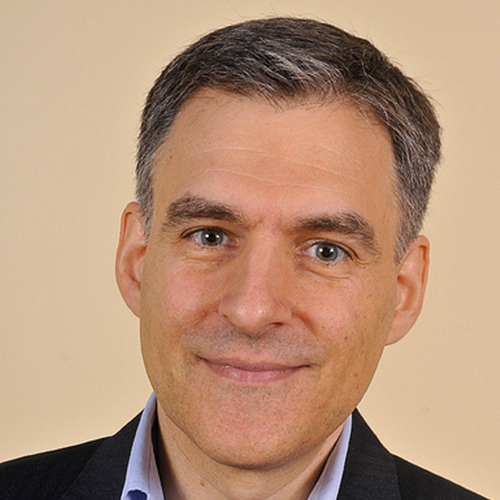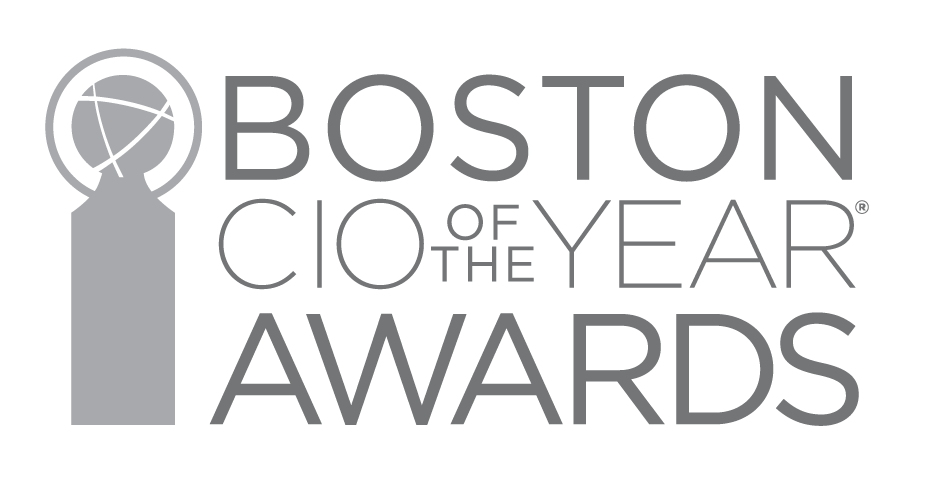Dave Krupinski, CTO and co-founder of Care.com, was recently recognized in the corporate category of the 2016 Boston CIO Leadership Association awards. Krupinski says that, as a technology and data-driven organization, Care.com relies on IT as a key partner in the development and implementation of business strategy. He credits his BostonCIO award win to this strong alignment, his focus on IT innovation, and the company's mobile-first approach. We touched base with Krupinski to learn more.

The Enterprisers Project (TEP): Innovation and profitable business growth are two of your key objectives. How are you prioritizing investments in IT to meet these goals?
 Krupinski: Throughout the 10-year history of Care.com, product innovation has been a key driver of growth. We strive to make the process of finding care easier for families while helping caregivers locate meaningful employment and develop their careers. As a market leader operating at scale, we focus on innovating along multiple dimensions.
Krupinski: Throughout the 10-year history of Care.com, product innovation has been a key driver of growth. We strive to make the process of finding care easier for families while helping caregivers locate meaningful employment and develop their careers. As a market leader operating at scale, we focus on innovating along multiple dimensions.
First, we strive to identify significant, emerging macro trends that we can support and accelerate. This tends to be innovation focused on uncovering new product segments and business opportunities. One of our investments in this category is our business-to-business offering called Care@Work. With this offering, employers can improve workforce productivity by helping families manage family care needs more efficiently using a custom-built mobile app.
Next, we invest in optimizing the dynamics of our marketplace. By our scale, small innovations in market dynamics can have a material impact on revenue growth or profitability. Additionally, we also take a proactive approach to identifying opportunities to reduce costs or improve operating efficiency through innovation. For example, we recently moved the hosting and production operations of our consumer service to the Amazon Web Services (AWS) platform. This transition not only reduces our operating expenses but also allows us to benefit from innovation on AWS going forward. So, this is an excellent example of an IT investment that helps us achieve these two key objectives. On a regular basis, we review our IT portfolio and rebalance our investments across these dimensions to ensure alignment with our overall corporate objectives.
 TEP: As a mobile-focused company, are you seeing an increased demand for apps from your team and customers? If so, how are you meeting those requirements?
TEP: As a mobile-focused company, are you seeing an increased demand for apps from your team and customers? If so, how are you meeting those requirements?
Krupinski: We launched the Care.com service in early 2007 – even before the iPhone was announced. As a result, we’ve seen the shift to mobile first-hand from the very beginning. Across all industries, this transition got off to a somewhat slow start but exploded in mid-2013. We quickly responded by shifting our R&D investments increasingly to mobile technologies and platforms. Now, nearly two-thirds of all Care.com usage happens on mobile devices where we provide an excellent member experience with top-ranked iOS and Android apps and a mobile-optimized website – and the demand for mobile services continues to increase.
Earlier this year, we complemented our consumer-facing mobile apps with an app for our business-to-business customers – providing a best-in-class experience for employees in need of backup care so they can stay focused and productive while at work. At this point, virtually all of our R&D projects start from a “mobile-first” perspective to ensure we meet our customers where they are – and that’s increasing on mobile devices.
TEP: What are some strategies you've uncovered for hiring teams that can keep up with the pace of technology while also fitting in culturally within your organization?
Krupinski: We strive to hire team members who are comfortable in a dynamic environment where the tools and technologies evolve and change, but the underlying principles remain constant. Accordingly, we look for candidates who are grounded in the fundamentals of computer science and technology. However, we also look for candidates who acknowledge that technology is a means to an end and not an end in itself. They recognize that business strategy takes priority and technical choices are made in support of business objectives.
If you filter for these general characteristics up front, it helps ensure team alignment and collaboration when working on difficult problems and making important decisions. Of course, it goes without saying that if the business strategy isn’t clear, then the technical decision-making process is broken. Accordingly, to ensure a great culture and a well-running IT organization, company strategy needs to be articulated clearly and consistently – and understood by all.
TEP: BostonCIO offers an opportunity for participants to connect with peers so they can talk through their challenges. As an IT leader, how do you stay "current" and what types of media/peer sources are you using to help do that?
Krupinski: A senior leader must put forth a consistent and focused effort to stay ahead of the evolving technology landscape. I try to stay current by using both a “top-down” and a “bottom-up” approach.
On the “top-down” side, I employ some different tactics. For example, I love using the Flipboard app to find relevant technology new stories targeted to my preferences. Also, I enjoy reading as much as I can about management and macro trends in technology and society. I also invest time in some great local organizations, like the Boston CIO Leadership Association (BCLA) and the Mass Technology Leadership Council (MassTLC). These organizations provide an opportunity to trade notes and share experiences with peers who face similar challenges. Peer-to-peer networking is not only essential to helping me stay current, but it also helps streamline vendor/technology selection and avoid costly mistakes. Finally, I meet with a small number of targeted vendors who I believe are defining or leading in a particular category. This allows me to audit my current technology portfolio against the marketplace and proactively plan for upgrades or changes.
From a “bottom-up” perspective, there’s no substitute for getting hands-on with technology. Although I no longer code each day, I still prioritize learning a new technology or programming language every year. This year I’m focused on learning the R programming language and last year I learned iOS app development in Objective C and Swift. Also, I meet regularly with team members at all levels throughout my organization to learn from their perspectives and listen to their ideas. I’m a firm believer that innovation is driven from practitioners who are closest to the technology and I strive to cultivate and encourage that culture.







